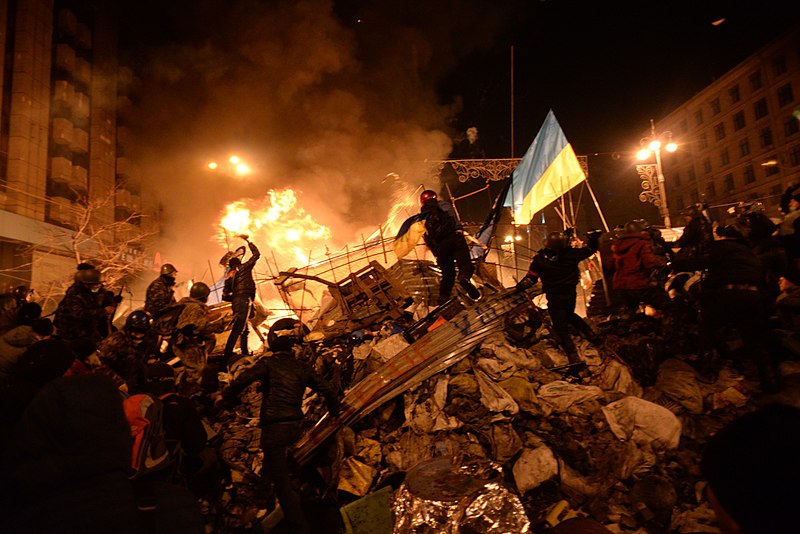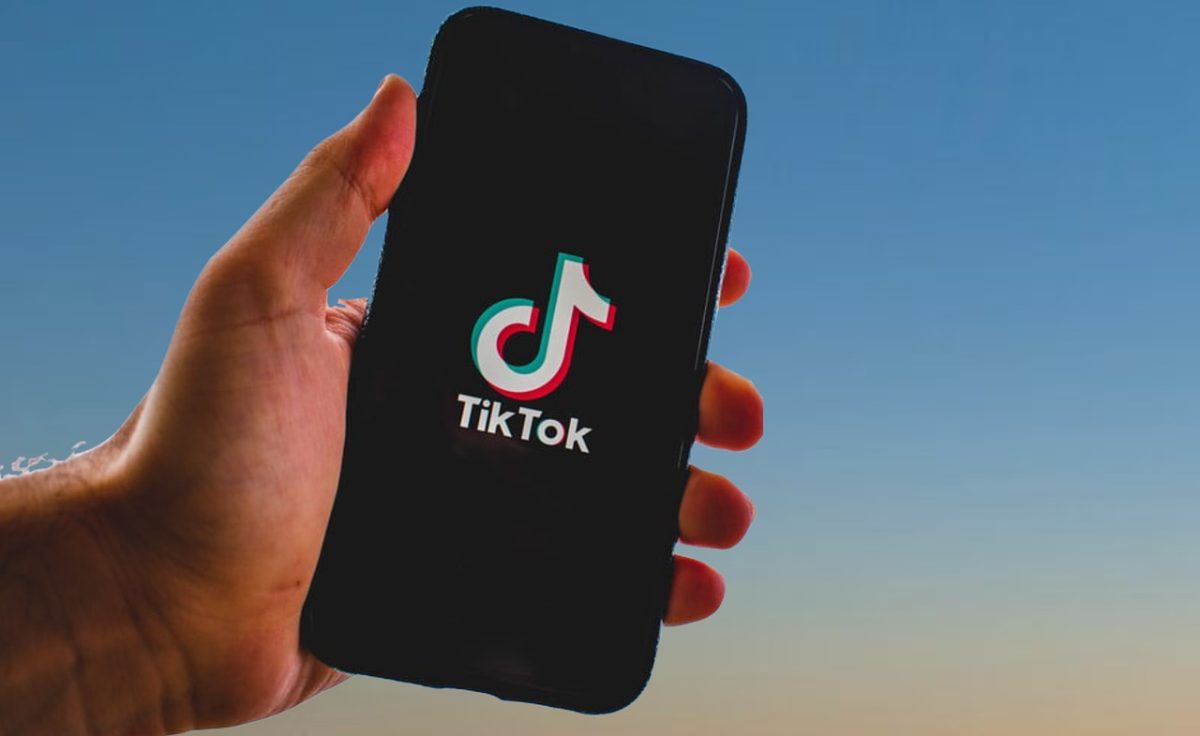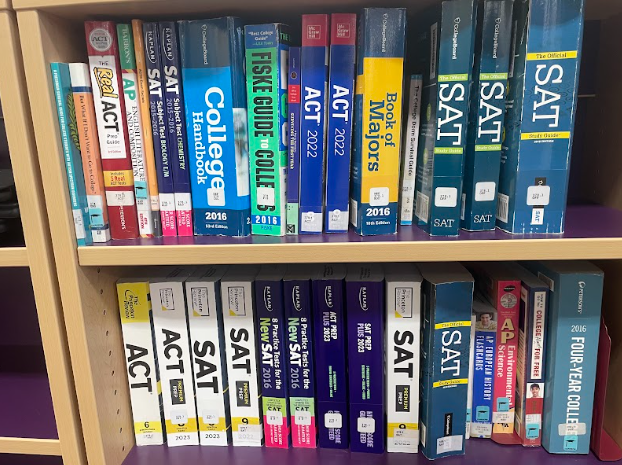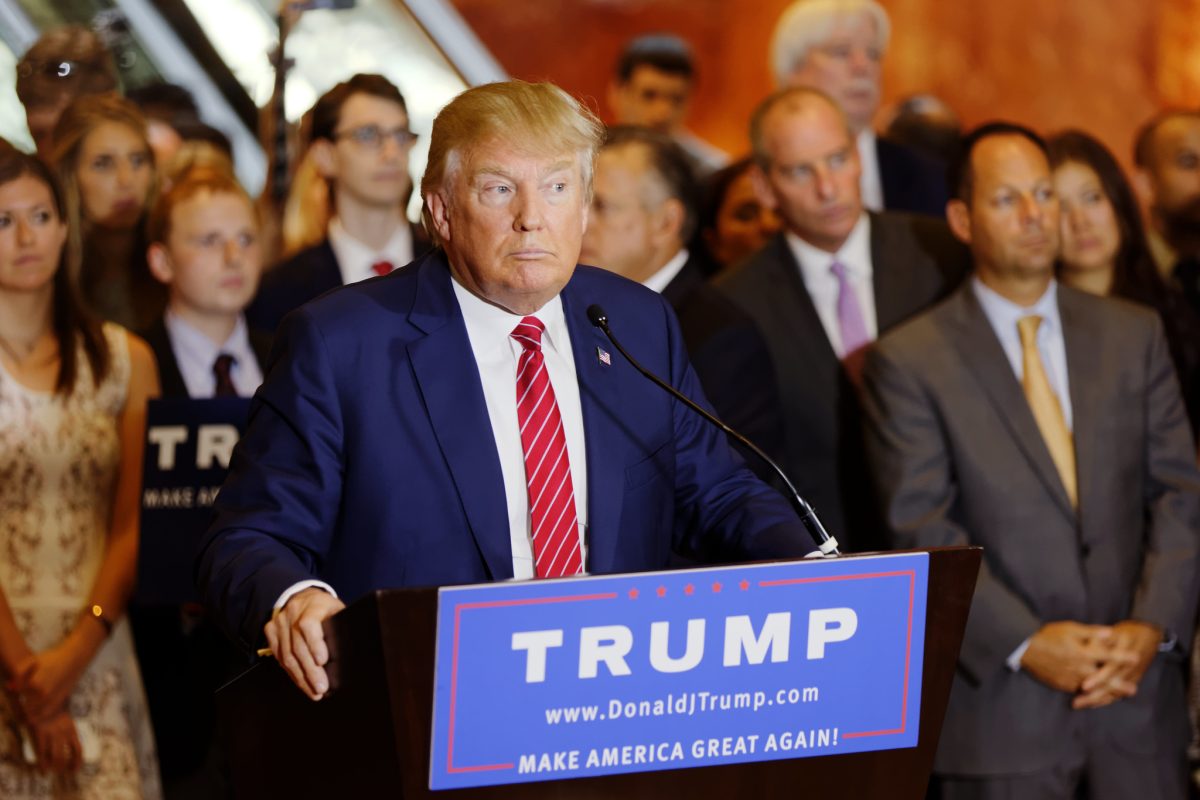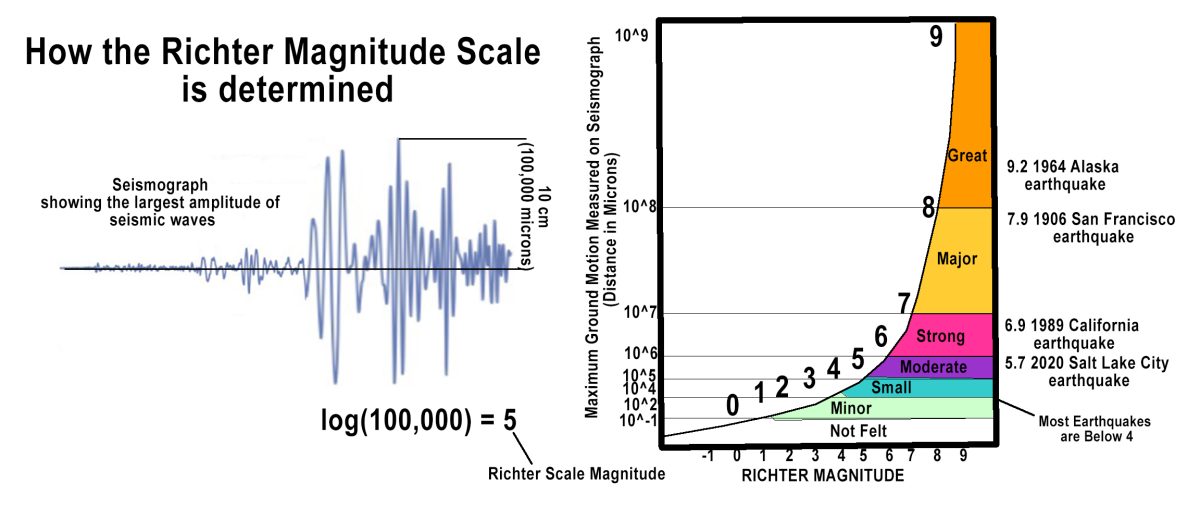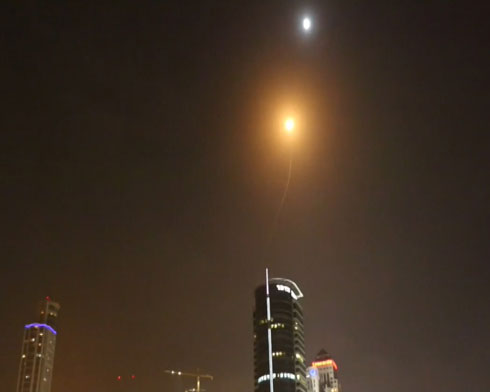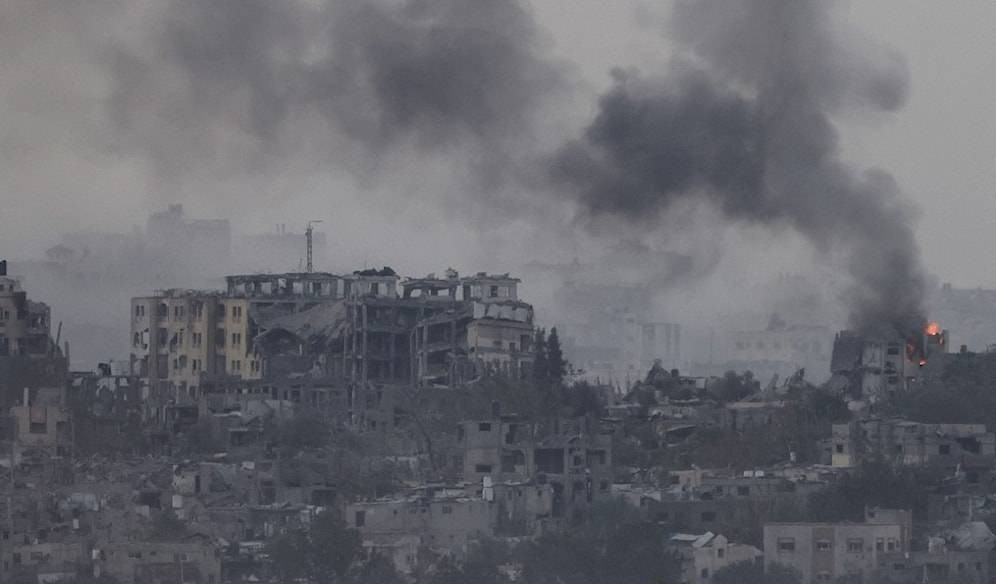Ever since the War in Ukraine fell out of the spotlight, the Ukrainian military has been suffering from attrition due to a lack of aid, and even though there has been a $60 billion aid package passed by Congress in late April, 2024, there are concerns that it is too late to be effective.
Back in 2022 during the beginning of the Russian invasion of Ukraine, the war was the main topic of almost every news program in the world; every new update was covered as it happened, and this would persist throughout 2023. The story captivated the world as it was almost a David and Goliath scenario with the Ukrainian government under Volodymyr Zelensky stunning the world by choosing to resist the Russian army. Two years later, Ukraine has and continues to resist the Russian advance fiercely by quickly recapturing most of the occupied territory in the north.
At this point, many expected a Ukrainian victory as the attrition warfare, which is the strategy to win by wearing your enemy down, took a heavy toll on the Russian army, especially as Ukraine was being reimbursed by Western aid. This all began to change in late 2023 as supply shortages began to hit the Ukrainian military which became even worse when the war in Gaza began, taking away media attention. This allowed the Russian army to gain the initiative against Ukrainian forces, who were without desperately needed supplies to hold off Russian advances. This is why the current aid package may be too late to take effect.
Aid Provided to Ukraine
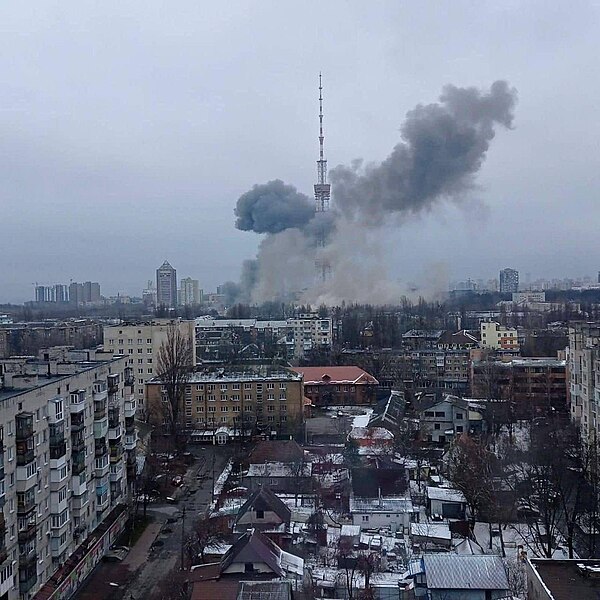
Since February of 2024, the United States has committed nearly $40 billion dollars in assistance to Ukraine, including nineteen billion in immediate military aid and $16 billion in humanitarian aid. In early 2023, the Biden administration approved the provision of increasingly advanced weaponry, such as the Patriot air defense system, crucial for defending against Russian airstrikes, and top-tier battle tanks. American forces also deployed into NATO countries bordering Russia.
By November of 2023, the Ukrainian military was suffering severe supply shortages as aid from the U.S. couldn’t be agreed upon inside the House. They would also see tensions inside the Ukrainian military after Zelenskyy sacked Commander-in-Chief Valerii Zaluzhnyi after months of tensions over tactics and strategy, seeing him being replaced by General Oleksandr Syrsky, who ordered a retreat from Adviika, which had seen four months of fighting.
As of late April, and after much discourse inside the U.S. government, a $60 billion aid package was finally put into place, much to the relief of a resource strapped Ukrainian military, which has been left in a desperate situation ever since shortages of manpower and supplies began in the fall. It comes at a crucial time as Neil Melvin, the director of international security studies at the Royal United Services Institute, or RUSI, a London-based think tank, stated to NBC that “Russia is gradually grinding down Ukrainian men and weapons,” Melvin would further state that “The U.S. supplies can slow this process and potentially blunt an expected Russian counter-offensive over the summer, but Ukraine will need much more if it is to defeat Russia and reclaim its occupied territories.”
The initial package, worth more than $1 billion, includes more equipment, including ammunition, high mobility artillery rocket systems, or HIMARS, stingers, highly sought-after 155-mm artillery rounds, infantry fighting vehicles, Humvees, javelins and other military equipment. This aid package also includes significantly more aid from European powers, with the U.K. providing its largest aid package ever.
The aid is met with mixed reactions by Ukrainians, with many happy that they received the aid while being disappointed at the time it took and the political struggle required to receive the aid, including trips to the U.S. and NATO by Zelenskyy, on top of the uncertainty related to how much time it will take in and how much aid is actually coming their way. As Matthew Ford, an associate professor in War Studies at the Swedish Defense University in Stockholm shared with NBC News, “Russia has the initiative on the battlefield. In the short term, that’s unlikely to be affected by the U.S. release of weapons to Ukraine.”
History of the War: How It Got to A Full-Scale Conflict
The start of the conflict between the two powers can be traced to 2014, when the Russian backed president of Ukraine, Viktor Yanukovych, was overthrown after countrywide protests against his rule. These protests were ignited after Yanukovych, acting under Russian pressure, decided to reject plans to formalize a closer economic relationship with the EU. Many Ukrainians were against this move with nationwide protests known as Euromaidan. The Russian government under Putin would frame the revolution as a “Western-backed fascist coup” which endangered the Russian ethnic majority in Crimea, an area in southern Ukraine, using this as justification to launch a covert invasion of Crimea and later declaring its official annexation.
As Russia annexed this part of Ukraine, pro-Russian unrest also began to break out in the eastern regions of Donbas, a Ukrainian region with large amounts of Russian speakers and ethnic Russians. With this descending into a full armed conflict between Ukraine and pro-Russian separatists who were backed covertly by Russia, the conflict continued on and off until 2022, despite attempted negotiations such as the 2015 Minsk Accords. With the conflict seeing the deaths of over 14,000 people, in April of 2016, NATO began the deployment of four battalions, rotating troops through Estonia, Latvia, Lithuania, and Poland to deter possible future Russian aggression, and a year later two U.S. tank battalions joined the deployment in Poland to further bolster their defense. In January 2018, the United States imposed new sanctions on twenty-one individuals, including many Russian officials and nine companies linked to the war in Donbas, and in 2018 the U.S. began supplying weapons for the first time to the Ukrainian military.
The 2022 Invasion
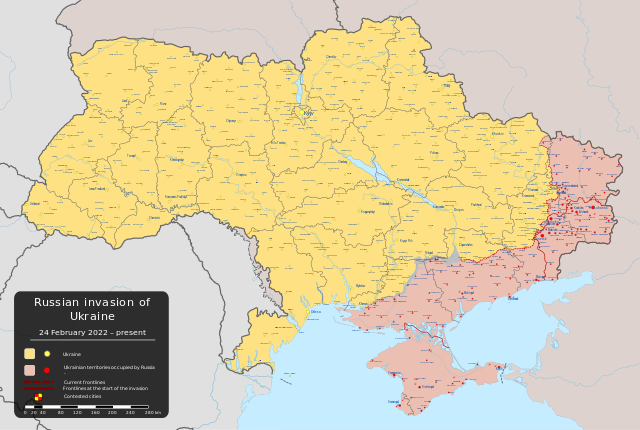
It is still debated why Russia chose to invade Ukraine, with some analysts in the west believing that the invasion was the culmination of growing tension between Russia and NATO over NATO’s expansion in eastern Europe, which was traditionally under Russian influence. Russian leaders, including Putin, claimed that these actions violated pledges NATO made in the 1990s, following the collapse of the Soviet Union and viewed this expansion made during a troubling time as a humiliation.
In the weeks leading up to the 2008 NATO summit, Putin warned U.S. diplomats that steps to bring Ukraine into the alliance “would be a hostile act toward Russia.” Months later, Russia invaded Georgia after its attempts to join NATO, showcasing Putin’s willingness to use force to secure his country’s interests. Despite not being a member, Ukraine continued to grow closer to NATO, engaging in annual joint military exercises with the organization. Then, in 2020, Ukraine became one of just six enhanced opportunity partners, a special status for NATO’s closest nonmember allies. In the weeks leading up to the current war, Russia made several demands of NATO and the United States such as cerasing the expansion of the alliance and removing all U.S. nuclear weapons from Europe; all of which were rejected.
On the same avenue, other experts believe that the invasion stemmed from Putin fearing the development of NATO into a modern, Western style democracy that could undermine his authoritarian rule. Historian Anne Applebaum wrote in the Atlantic, “He wants Ukrainian democracy to fail. He wants the Ukrainian economy to collapse. He wants foreign investors to flee. He wants his neighbors—in Belarus, Kazakhstan, even Poland and Hungary—to doubt whether democracy will ever be viable, in the longer term, in their countries too.”
Throughout 2021, intelligence from NATO saw a large build up of Russian forces along the borders of Ukraine, and in the same year, Russia began demanding that NATO cease its activities in Eastern Europe, with Nato threatening harsh sanctions in the case of a conflict with Ukraine. In February of 2022 the buildup increased dramatically despite attempts at negotiation between Russia and various Western countries.
Finally, on February 25, 2022 Russia began a large scale invasion of Ukraine from Belarus, Crimea, and the eastern provinces of Ukraine, with Russia claiming that the operation was to “demilitarize and denazify Ukraine,” alleging the genocide of ethnic Russians in eastern Ukraine. Immediately following the invasion, western nations imposed severe sanctions on Russia with 141 out the 193 member states of the United Nations voting to condemn the Russian invasion.
The Russia-Ukraine War
While many expected a quick Ukrainian surrender, this assumption would ultimately be proven wrong. The invasion quickly slowed for Russia by March of 2022, with Russia eventually retreating its forces from Kyiv after a failed invasion of northern Ukraine. On April 18, Russian forces attempted another offensive in eastern Ukraine, capturing Mariupol, which had been under siege since February, with Russian forces using indiscriminate bombardment against civilians such as the bombing of a maternity hospital in Mariupol. Russian forces would blockade Ukrainian ports which exacerbated food shortages around the world. Due to these shortages, Ukraine and Russia signed a deal to allow the passage of grain, with this continuing even after Russia ended the deal.
The conflict would eventually shift to the south, with fears of a nuclear disaster as fighting occurred around the Zaporizhia Nuclear Plant.
By September 2022, Ukrainian forces began a massive counteroffensive against Russian forces in the south and east of Ukraine. This counteroffensive surprised Russian forces and saw many of their supply lines cut off and also saw Ukraine regain a significant amount of territory in the Kharkiv region. Putin would also announce the illegal annexation of four of Ukraines Eastern provinces, as well as hinting at a possible nuclear escalation of the conflict.
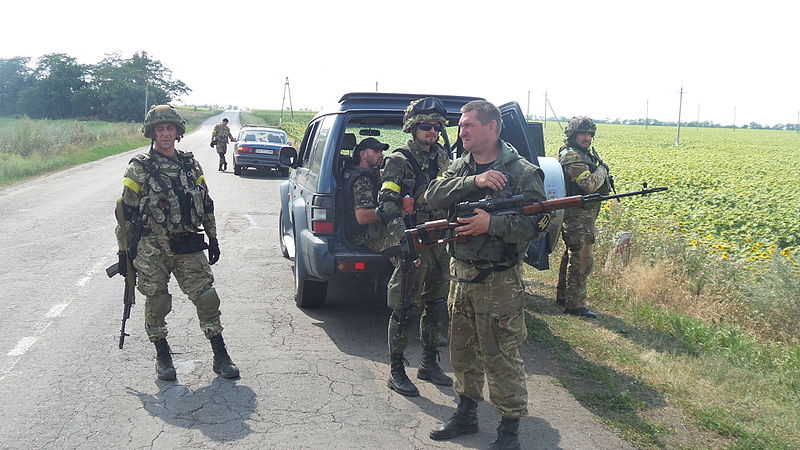
Throughout 2022, Russian forces saw significant losses, leading to the army becoming increasingly strapped for manpower, and with Russia redeploying its forces in Donetsk and announcing partial mobilization. This led to thousands of Russians fleeing the nation. Due to the shortages of manpower, Russian forces became increasingly reliant on private military contractors, or PMCs, with the main one being PMC Wagner, run by Russian oligarch Yevgeniy Prigozhin and former GRU member Dmitry Utkin.
Throughout 2023, Russian forces would attempt to launch a major offensive to seize all of Donbas; however the offensive saw very little gains as well as seeing Russian forces caught in the costly siege of Bakhmut. In June of 2023, Ukrainian forces attempted a much anticipated counteroffensive in the south; however Ukrainian forces met very stiff resistance and gained little territory while stepping up attacks inside Russian territory.


